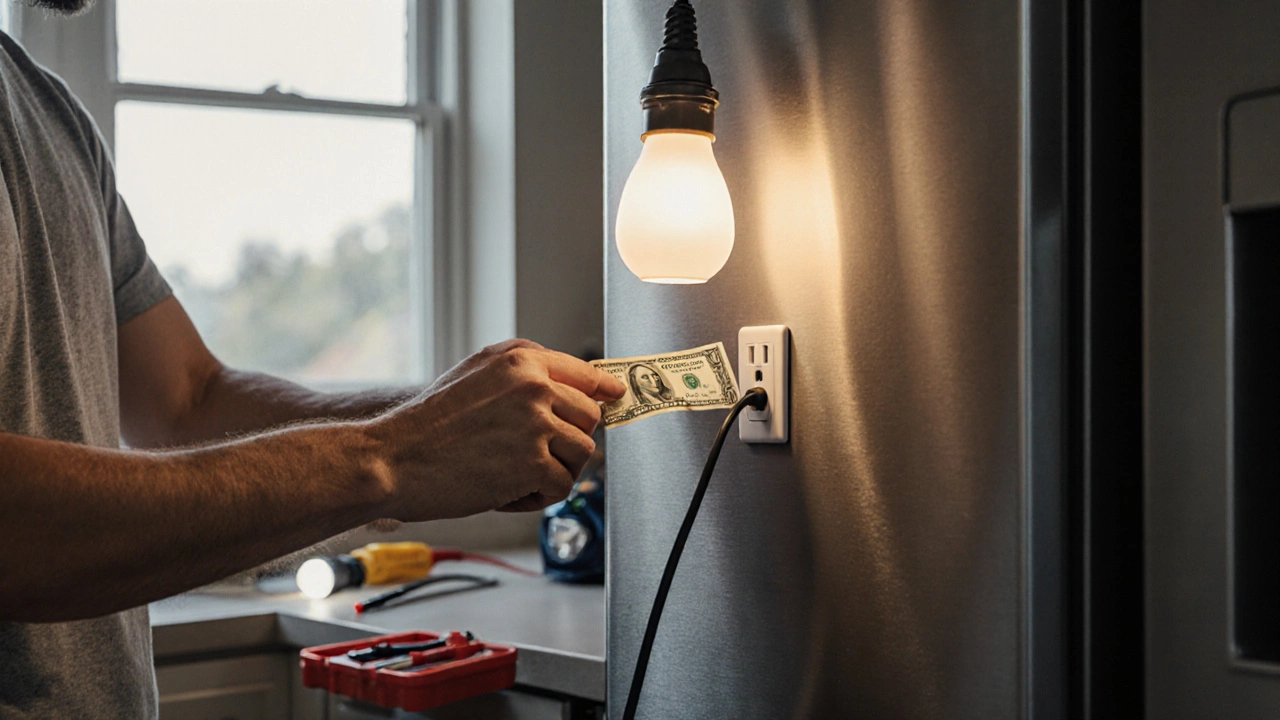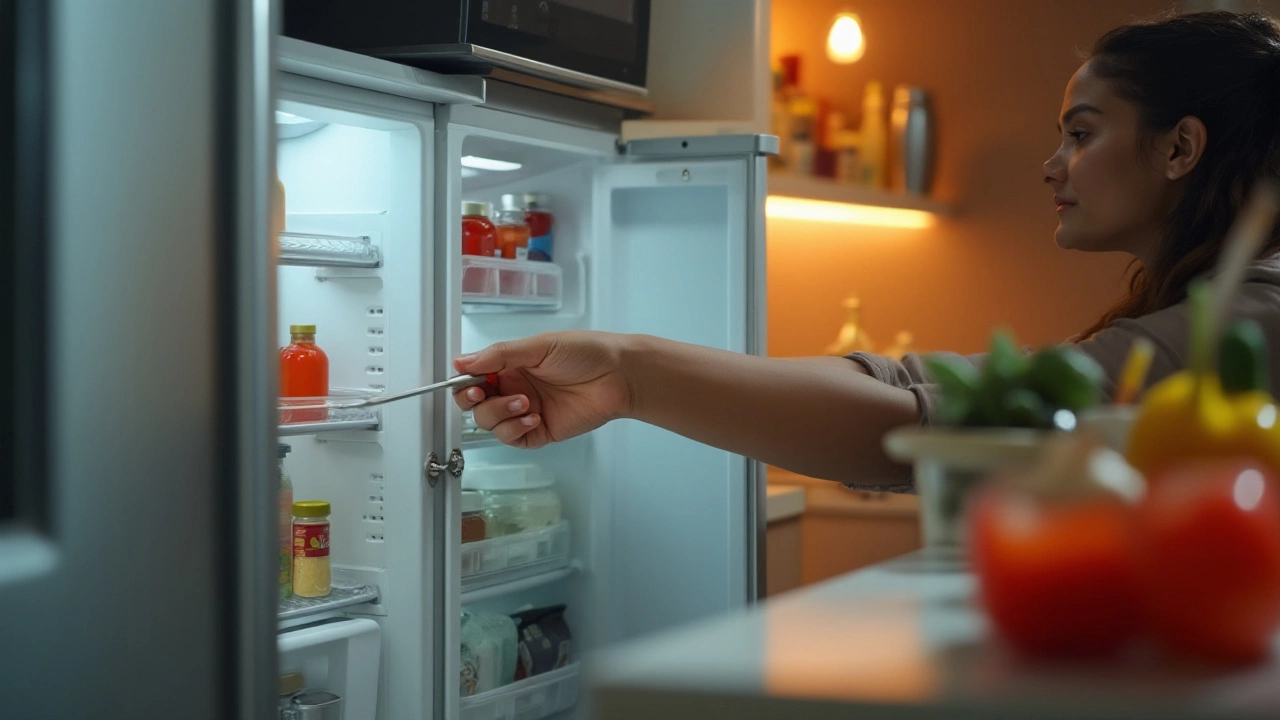Learn how to diagnose and fix common fridge problems yourself with step‑by‑step instructions, tools list, safety tips, and a handy DIY fixability chart.
DIY Fridge Fix: Quick Tips to Cool Down Common Problems
When your fridge stops keeping food cold, the panic is real—but you don’t always need a technician. Most fridge hiccups are simple to troubleshoot and fix with a few tools you already have. Below are the most common culprits and what you can do right now to get the temperature back to normal.
Common Issues and Easy Checks
1. Temperature set too high. It sounds obvious, but we’ve all walked past the dial and missed it. Grab the thermostat knob (usually inside the fridge) and set it to the middle position. Wait a few hours—if the fridge cools, you’re done.
2. Dirty condenser coils. Coils sit either at the back or underneath the fridge. Dust builds up and makes the compressor work harder, dropping efficiency. Unplug the unit, remove the grill, and vacuum the coils with a brush attachment. A clean coil can shave off a couple of degrees in temperature.
3. Faulty door seal. Close the door on a piece of paper. If you can pull it out easily, the gasket is leaking air. Clean the seal with warm, soapy water; if it still feels soft or cracked, replace it. A good seal saves energy and keeps the cold in.
4. Blocked airflow. Items stacked in front of the freezer vents or the rear fan can cause uneven cooling. Rearrange the food so that air can circulate freely. Also, check the fan for ice buildup—defrost it with a hair dryer on low heat.
5. Frost buildup in freezer. Too much frost means the defrost timer or heater may be failing. Turn the fridge off, leave the doors open, and let the ice melt. After drying, restart the fridge. If frost returns quickly, you’ll need a deeper repair, but a one‑time melt often restores performance.
6. Noisy compressor. A rattling or humming sound can indicate a loose mounting bolt or a failing start relay. Tighten any visible bolts and listen again. If the noise persists, the relay might need swapping—this is a quick solder‑free job for most DIYers.
When to Call a Professional
If you’ve run through the checks above and the fridge still won’t cool, it’s time to bring in the experts. Typical red flags include a constantly running compressor, a burnt smell, or ice forming inside the fridge compartment. These signs often point to a sealed‑system issue like a refrigerant leak, which requires certified tools and proper disposal.
Another situation to hand over is a broken temperature sensor or a control board that’s flashing error codes. While the parts themselves can be ordered online, diagnosing the exact fault without a multimeter can be tricky. A pro can quickly test sensor resistance and replace the board if needed.
Before you call, note the make and model of your fridge and any error codes displayed on the panel. Having this info ready speeds up the service call and can save you money.
In short, most fridge problems are fixable with a bit of patience and basic tools. Start with the easy checks—temperature setting, coil cleaning, and door seal inspection. If those don’t solve it, you’ve narrowed the issue down and can decide whether a quick part swap or a professional repair is the right move. Keep these steps in mind, and you’ll save time, hassle, and a lot of repair bills.
Refrigerators are a staple in modern homes, yet they often face common issues requiring repair. The most frequent problem is a faulty compressor, which is key in keeping your fridge at the right temperature. Other common issues include clogged defrost drains and broken ice makers. This article guides you through recognizing these issues and offers practical tips to prevent them, ensuring your fridge runs smoothly for years.

